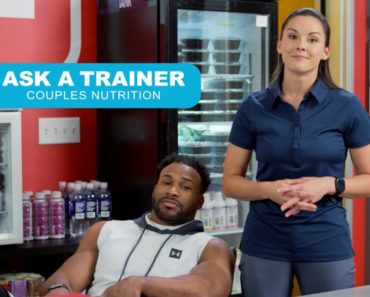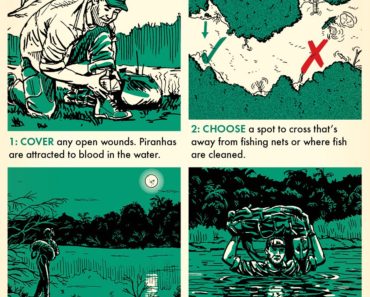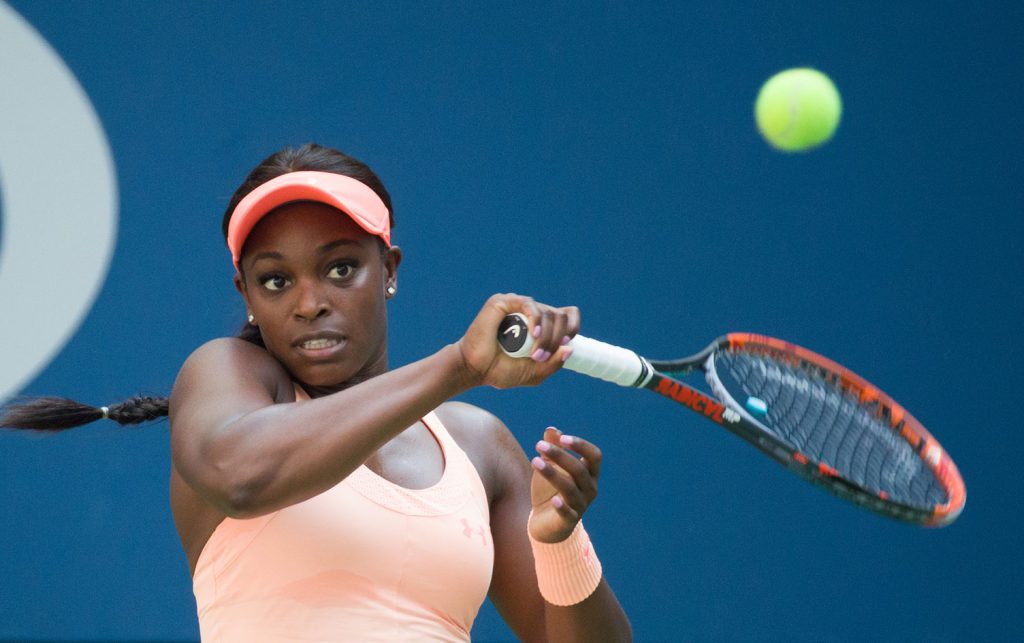
I injured my foot in early 2016. Even though I felt pain throughout the season, I kept playing but was eventually diagnosed with a stress fracture. My doctors recommended rest to see if the injury would heal itself. I’ve had injuries before, so I thought this was just another pesky problem that would go away. While the pain diminished significantly, it never went away completely, so the doctors recommended I wear a weight-bearing boot. Unfortunately, after wearing the boot for 10 weeks, I still had some pain. A CT scan confirmed what I began to fear: I needed surgery.
The only thing I knew I could do was try to control my attitude and my health.
After the initial four months of rest, I was devastated to hear I’d be out of tennis for at least another six. I’d never been in that position before. I felt helpless and found myself getting depressed. For the first time in my life, I couldn’t exercise or travel, and I had very limited mobility. I was in new territory; I didn’t like it. The only thing I knew I could do was try to control my attitude and my health.
Immediately, I thought of my weight. With no exercise, I knew I would have to concentrate on managing my calorie intake. I’m an absolute foodie, so I enjoyed planning my initial time off with my nutritionist. She gave me a great plan with smart food strategies like when eating out, opting out of fried foods, eating until 80% full and always ordering extra green veggies on the side.
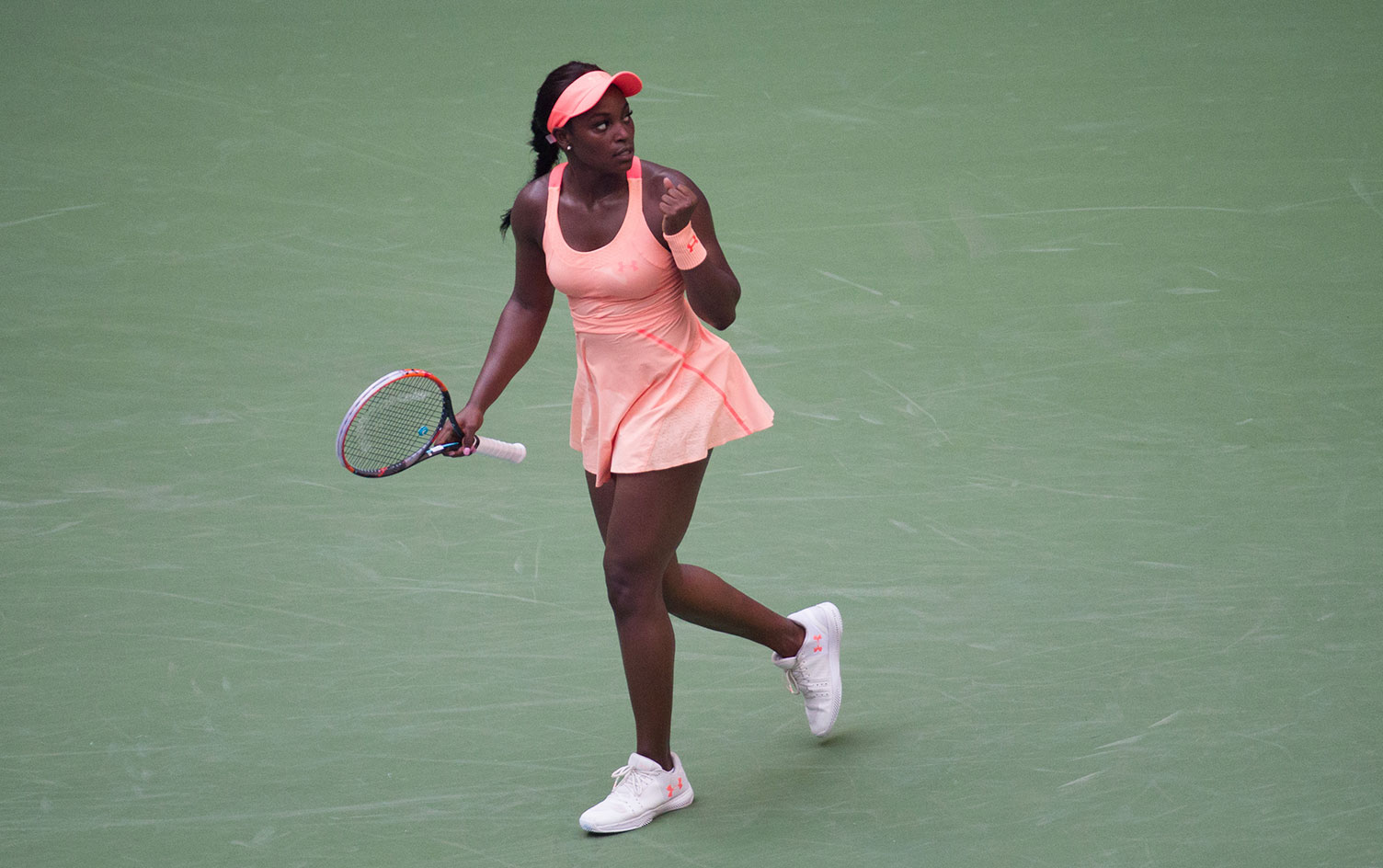
The next hurdle I needed to conquer was the physical rehab. While my doctor prescribed three very basic physical therapy sessions each week, I started with five a week. I felt great knowing I was working hard toward recovery.
Finally, my team — my coach, trainer, family and friends — circled the wagon and never let me forget my purpose for fully recovering and getting back on the court. When I was down, they pumped me up. My team got me out of the house and found ways for me to remain connected to tennis. I spent a lot of time at elementary schools assisting my own Sloane Stephens Foundation with interactive programs and working with students. I even became certified as a USTA 10 & Under coach. Last but not least, I watched more tennis during the six months of my recovery than I ever watched throughout my career.
READ MORE > ON MY MAT: INSIDE THE MIND OF A YOGA TEACHER
The journey from injury to recovery helped me gain a clearer picture of my career, the importance of tennis to me and the importance of maintaining my general health. Throughout it all, my doctors have been optimistic I’d be back on the courts better than ever. I’m returning with a deepened appreciation of the sport and these are the lessons I learned.
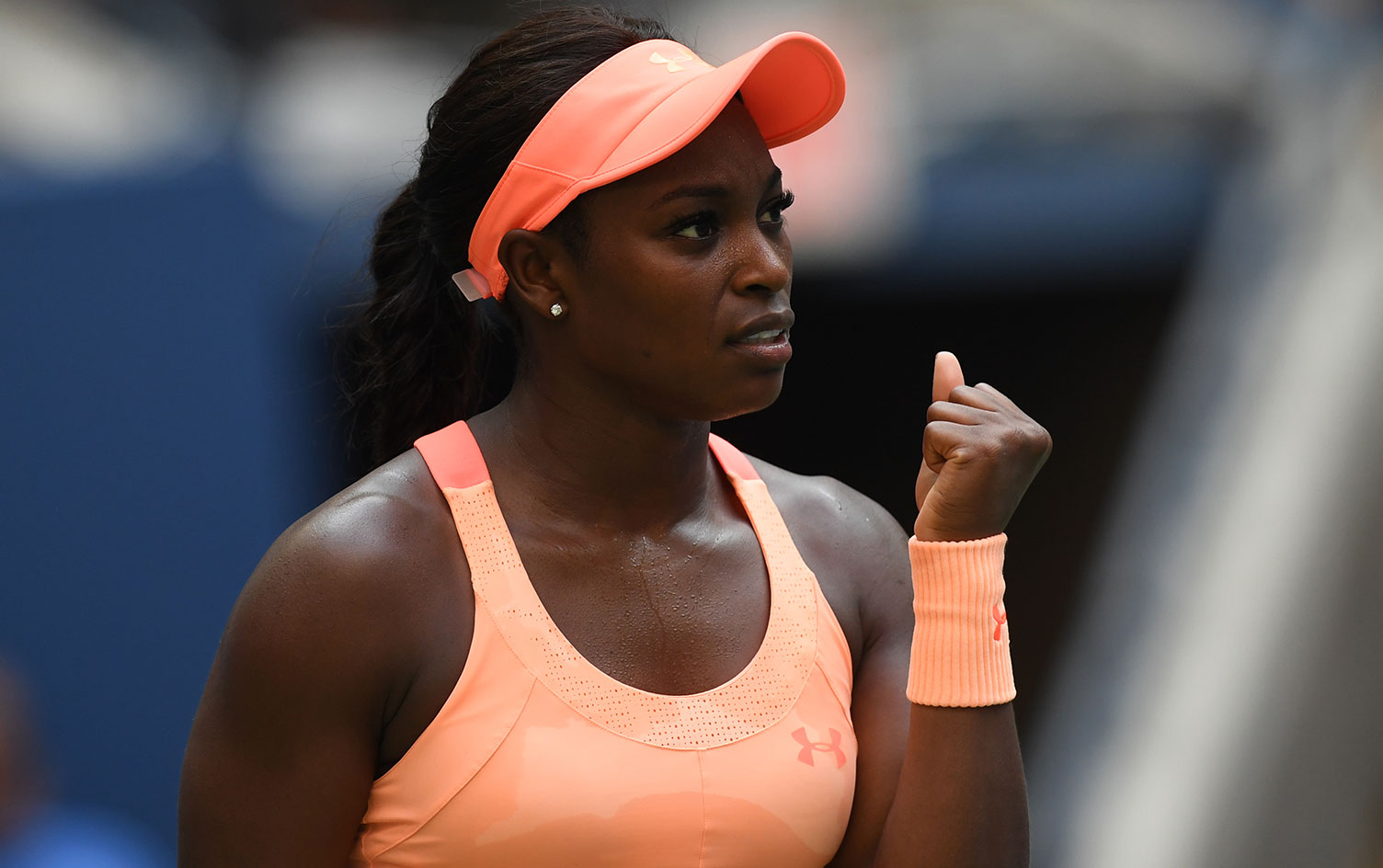
SLOANE’S TIPS FOR COPING WITH A MAJOR INJURY
1. DO YOUR PHYSICAL THERAPY
Commit 100% to your recovery. Follow your doctor’s orders and dive into your recovery as soon as humanly possible. If you have the time, slot in an extra session or two, depending on your doctor’s orders, of course.
2. STAY MENTALLY FIT
Watch your sport on TV — I have the Tennis Channel on 24/7. Study old tapes of yourself or old competitions to relive your events. Finally, stay in touch with your training partners and friends in the sport.
3. EAT RIGHT
Use an app like MyFitnessPal to track your nutrition, calories and macros. Manage your intake to ease your return to your sport. Consider consulting with a nutritionist if you want a more concrete plan.
4. LISTEN TO YOUR BODY
Returning from an injury can be tricky. You have to be careful not to overdo it. It’s important to get proper rest and adequate fuel to speed your recovery.
5. FOCUS OF FAMILY & FRIENDS
When you’re sidelined, it’s good to spend that extra time with friends and family. They’ll help you remember what’s important and also provide a welcome distraction when you need it most!
GEAR UP FOR YOUR NEXT TENNIS MATCH
> Women’s Tennis
> Men’s Tennis
The post Coping With Injury: Inside the Mind of Pro Tennis Player Sloane Stephens appeared first on Under Armour.
(via MyFitnessPal Blog)


